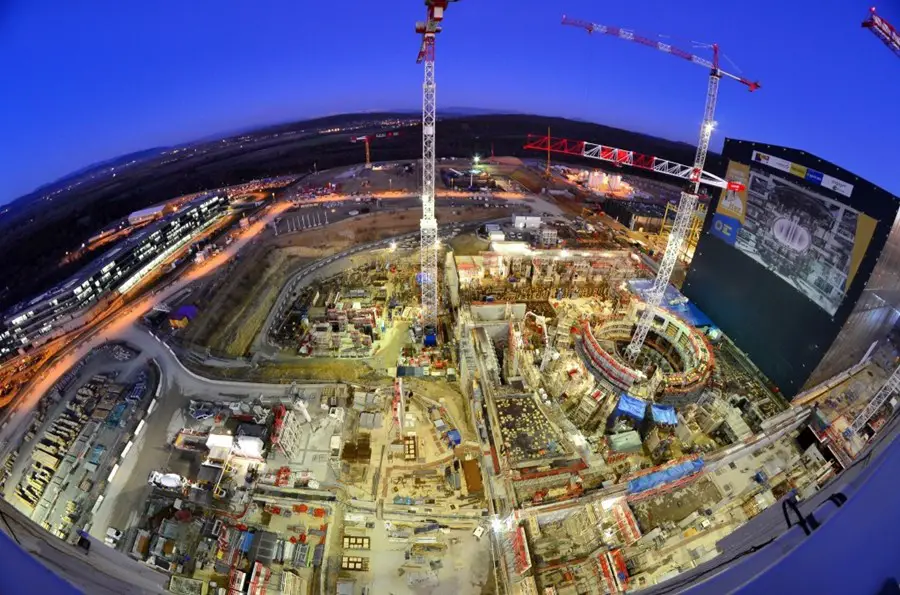Construction of a building that will house the world’s largest nuclear fusion machine in south-eastern France is now fully complete following the completion of its civil engineering works by a consortium led by Vinci.
Dubbed the Tokamak Building, after the nuclear fusion machine itself, the structure is built to host the type of super-hot high-speed reactions that take place inside the Sun, and hopefully advance globes decades-long pursuit of clean and inexhaustible nuclear fusion energy.
Also Read: Russia launches world’s first floating nuclear reactor
Exceptional and cutting-edge expertise demanded by the structure
Vinci said that the project was commissioned nine years ago today by the 35-nation ITER Organization and it demanded exceptional complex project management capabilities and cutting-edge expertise as ITER scientists requested design changes during construction.
The 73m high and 120m wide structure required highly specific concretes. Teams developed about 10 formulations, including installation of 70-tonne nuclear doors to shield staff and the environment from fusion-generated radiation.
The doors were designed by Vinci Energies subsidiary Cegelec and manufactured by Sommer in Germany before being shipped to the site at Saint Paul lez Durance/Cadarache.
Steel reinforcement required densities rarely used on projects of this scale – up to 10 times the density of an apartment building wall.
The Tokamak Machine
Unlike traditional nuclear plants, which generate power that splits atoms inside fission reactors, ITER, using the Tokamak Machine, aims to fuse atoms together at 150 million degrees Celsius, a temperature 10 times hotter than the sun.
Lasers and powerful electromagnets are arrayed around a supercooled, doughnut-shaped container to hold superheated plasma in place. The objective is to make the process efficient enough for fusion to be economical, self-sustaining, and safe.
Bigot, a doctor of chemistry and physics who scaled the ranks of France’s atomic energy commission before joining ITER, estimates the machine will ultimately contain about 10 times the amount of steel in the Eiffel Tower.
ITER hopes to maintain its ambitious First Plasma target in 2025.

